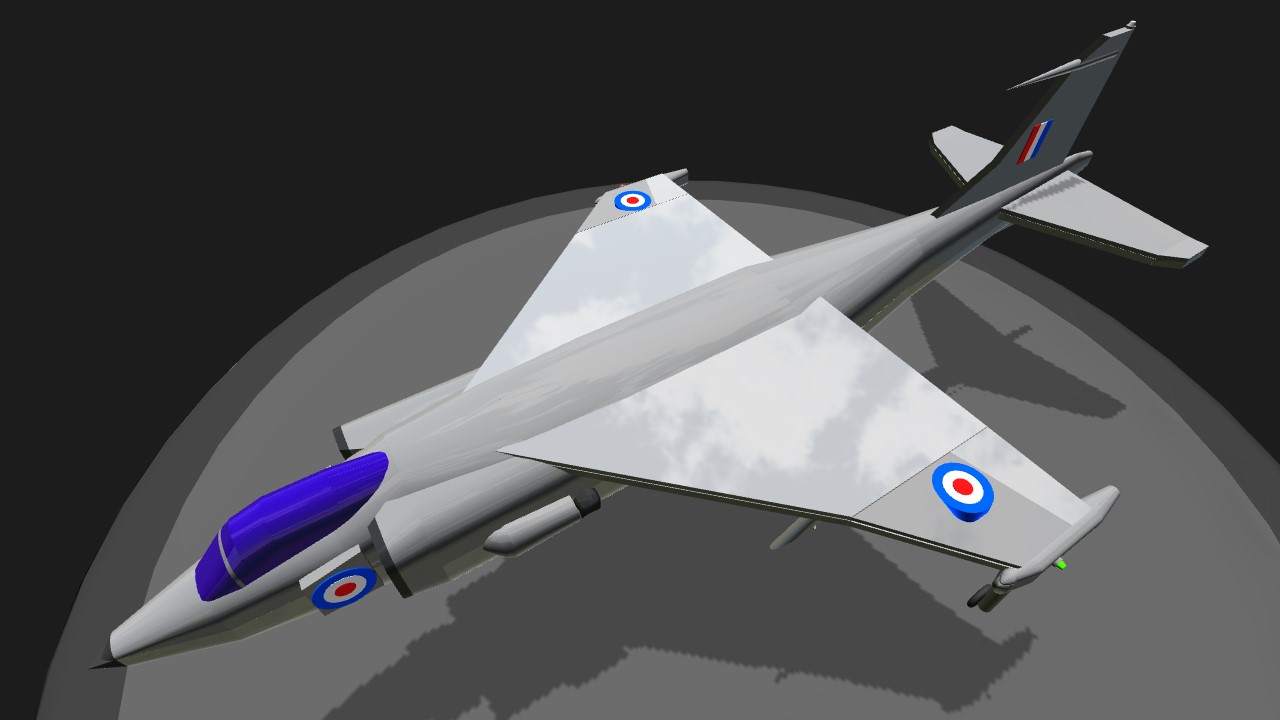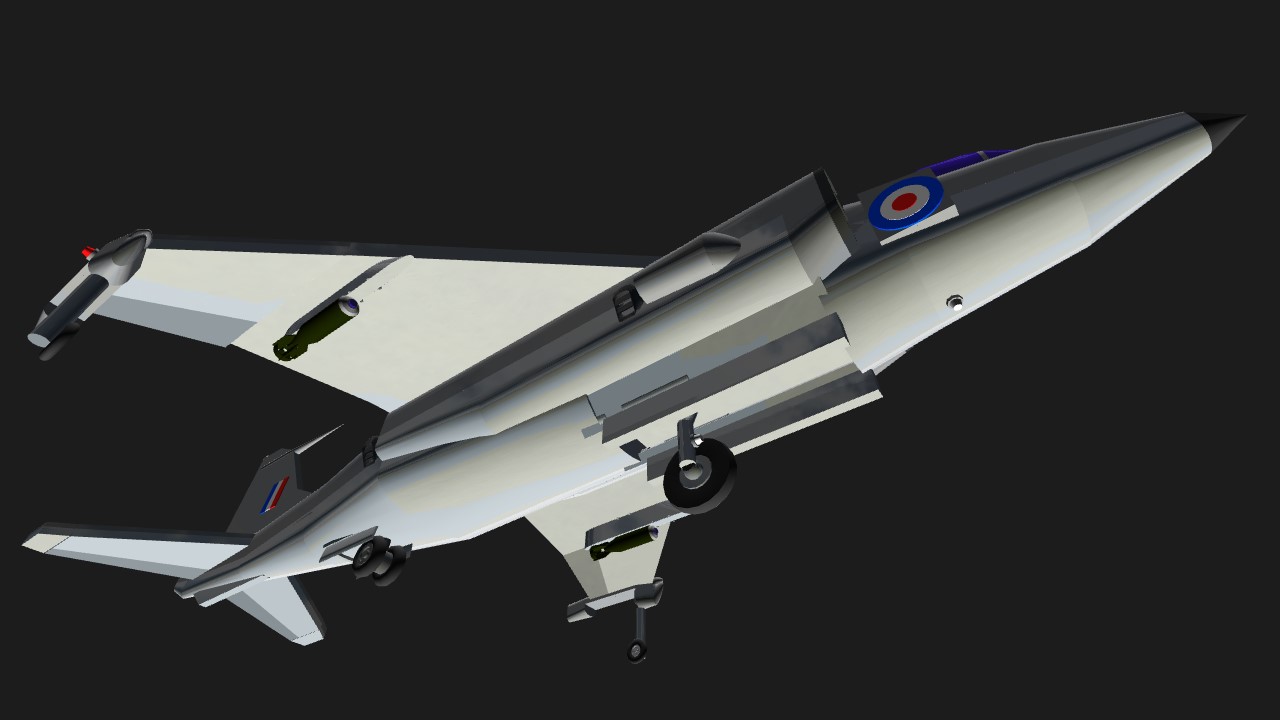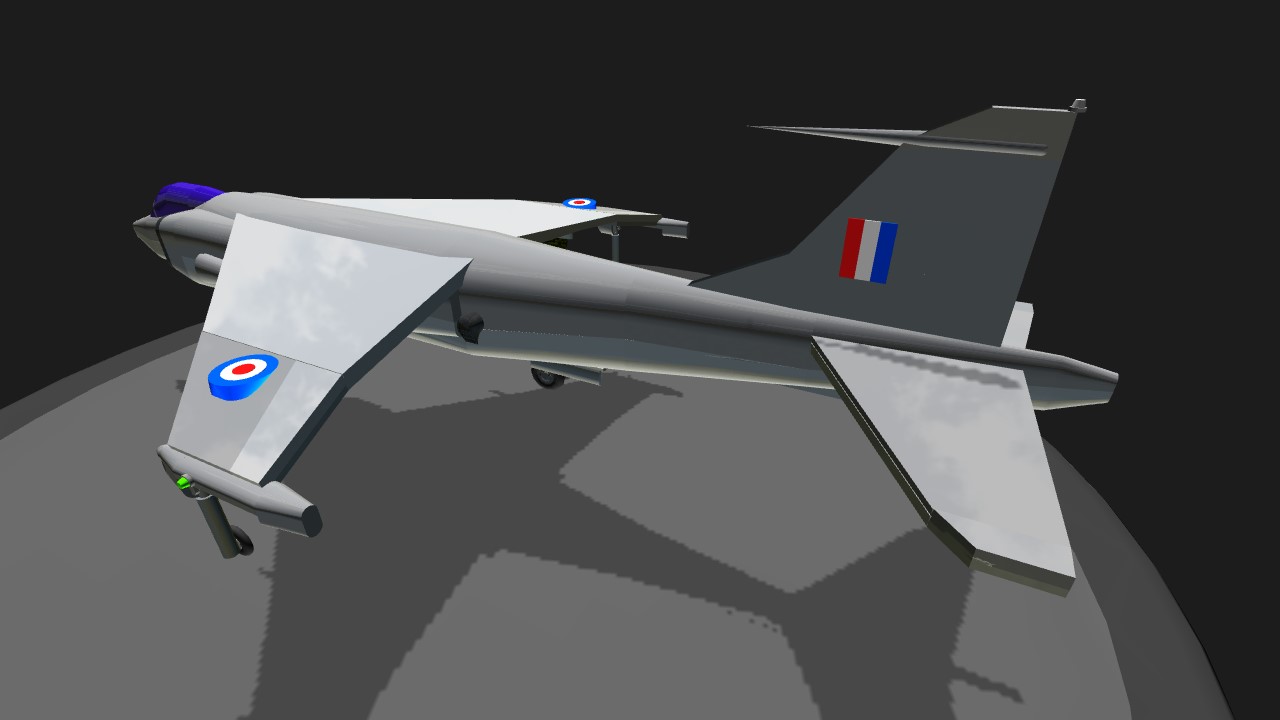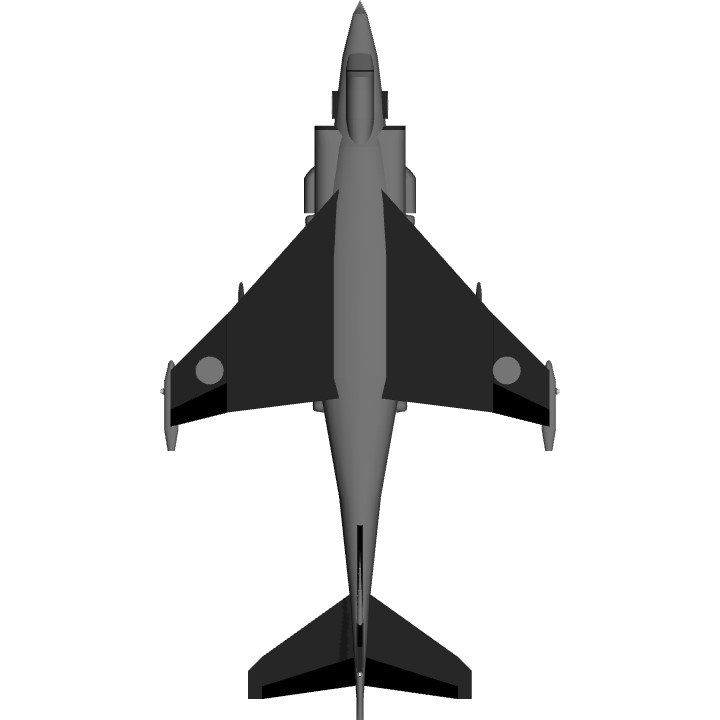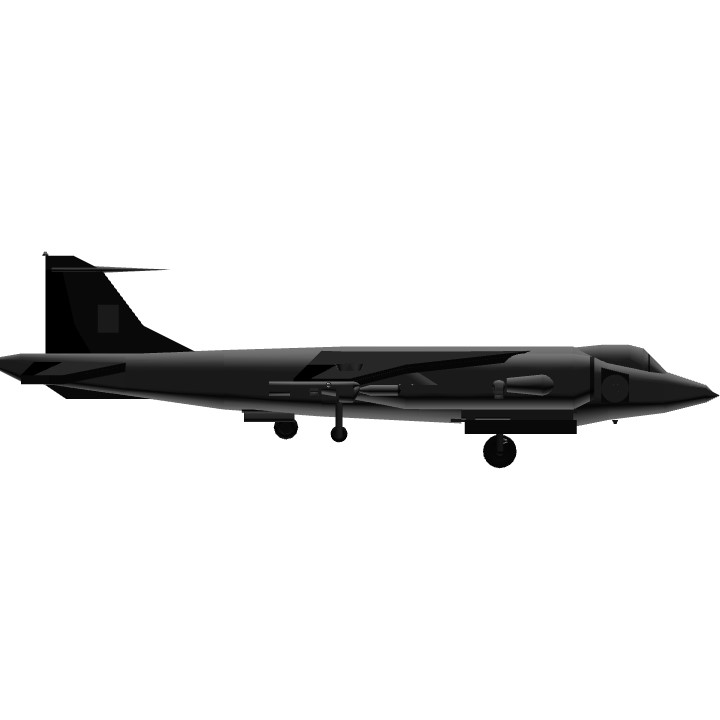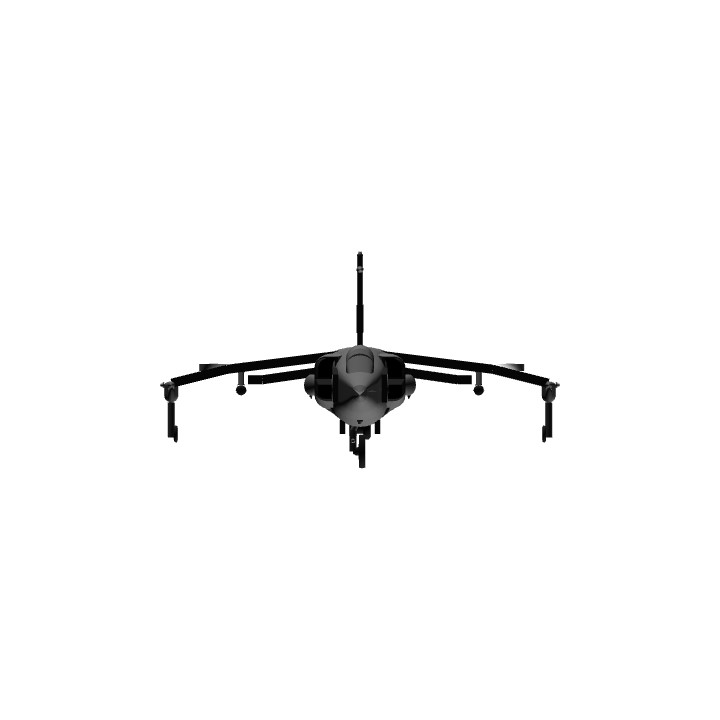From the all knowing all seeing Smithsonian website;
Following the end of World War Two, many strategists within the military services of the United States and its European allies realized that the large prepared runways required for jet aircraft were exceedingly vulnerable to nuclear or conventional attack. One surprise assault could substantially degrade the ability of the military to respond to a massive assault by waves of bombers or ground forces. The apparent solution was the development of fighter aircraft with Vertical and Short Takeoff and Landing (V/STOL) capability, which did not restrict them to vulnerable airfields. Throughout the 1950s, a number of defense contractors in the United States, Great Britain, and France experimented with a variety of V/STOL systems to determine the most practical option. The slower speeds of tilt-rotor and propeller driven systems eliminated them as possibilities. Jet-powered aircraft were clearly the answer, but a serious obstacle to their development seemed unsolvable. The thrust required for vertical takeoff and landing was far more than that required for cruise, which resulted in the airframe having to carry the considerable dead weight of either a much larger engine, or auxiliary lifting engines. The solution emerged out of Hawker-Siddeley Aviation in Great Britain with the development of the P.1127 and Kestrel designs, which evolved into an operational form as the versatile Harrier series of fighter and attack aircraft.
The stepping stone between the P.1127 and the mighty Harrier. I always wanted to build these great fighter bombers, and it is really only now I have the "skills" needed to do them justice.
This bird is a wee bit complicated due to the presence of the VTOL systems and a custom nose wheel assembly. She is also slightly heavier than the P.1127.
So - the controls;
*NOTE! The throttle position required will be heavily affected by what you choose to hang from the under wing hard points. Practice bombs are light. Boom 50s are heavy. You do the maths.
AG1 - Unlock / Lock thrust vectoring nozzles
AG2 - Unlock / Lock nose and wingtip landing gear
AG3 - Unlock / Lock flaps
AG4 - Lights
AG5 - Not used
AG6 - Ditch external stores (practice bombs in this case)
AG7 - Not used
AG8 - VTOL stability assist system on / off
So - VTOL take off procedure goes like this;
1. Ensure AG 1 and AG8 are active.
2. Using the vtol slider, set the nozzles perpendicular to the ground (note that this bird has a definite nose up stance on the ground)
3. Throttle to 85%
4. You are now taking off. Vertically! Use yaw / roll / trim to keep on top of yaw / roll and pitch attitude)
5. Use trim slider to correct pitch and if hovering to stay level
6. Set vtol slider to neutral.
7. Deactivate AG1
8. Activate AG2
9. Set vtol full down to retract gear. Also activate regular landing gear control to retract main gear.
10. Deactivate AG2 and set vtol to neutral
11. Activate AG1
By now you shoudl be hovering at 1000,ft with the gear up.
Now - time to transition to conventional flight! This is actually quite easy.
Following on form step 11 above - gradually move the vtol slider down to rotate the thrust nozzles, whilst using trim to correct the pitch. Once you are at around 180 - 200 mph with the thrust nozzles fully rotated aft, just deactivate AG1 and AG8 - now you are flying. Really flying.
Landing - For conventional landing it shoudl be as simple as activating AG2, setting VTOL to neutral and hitting "gear" to lower the main gear. Then land her gently as you would any other conventional jet.
For vertical landing, you need to;
1. Set throttle to 75-80% & activate AG1 and AG8
2. Use thrust nozzles (vtol slider) to brake down to 30 -50 mph
3. Set vtol to neutral
4. Now yo are hovering again.
5. Deactivate AG1, Activate AG2. This shoudl drop the nose and wingtip gear - hit "gear" to drop the main gear.
6. Deactivate AG2. Activate AG1.
7. Use pitch slider to control pitch and also any fore / aft creep (i.e. keep her hovering over the target. (vtol slider can also be used)
8. Set throttle to 75% and begin descent.
9. Good luck!
Now, go practice bomb something! Vertically!
Specifications
General Characteristics
- Predecessor Hawker Siddeley P.1127
- Created On iOS
- Wingspan 23.4ft (7.1m)
- Length 42.2ft (12.9m)
- Height 12.7ft (3.9m)
- Empty Weight 8,193lbs (3,716kg)
- Loaded Weight 10,918lbs (4,952kg)
Performance
- Power/Weight Ratio 1.234
- Wing Loading 23.3lbs/ft2 (113.8kg/m2)
- Wing Area 468.3ft2 (43.5m2)
- Drag Points 4177
Parts
- Number of Parts 148
- Control Surfaces 10
- Performance Cost 612

